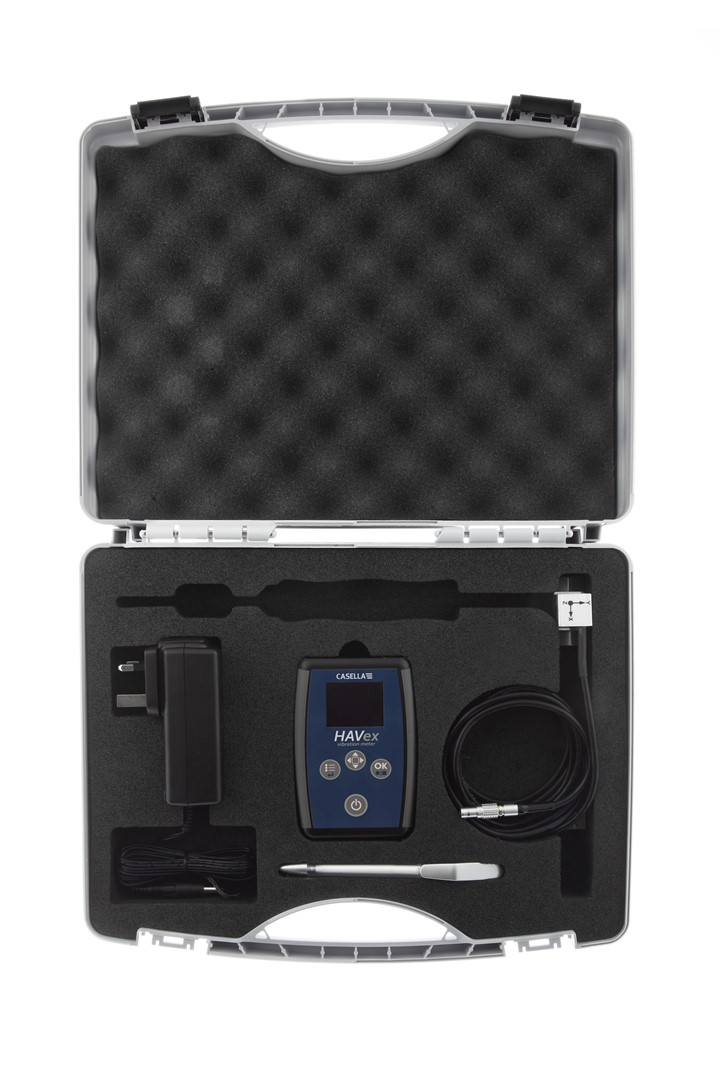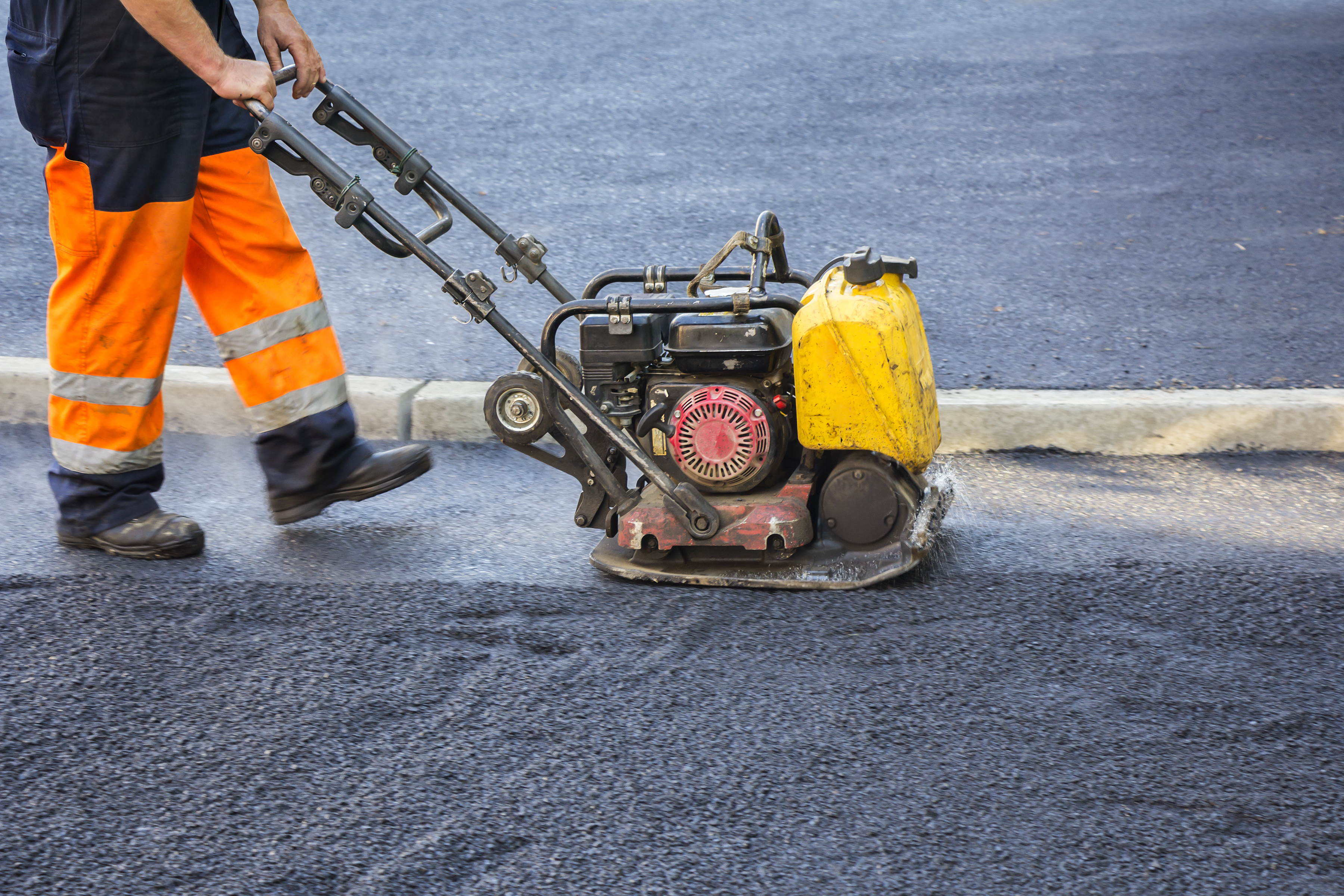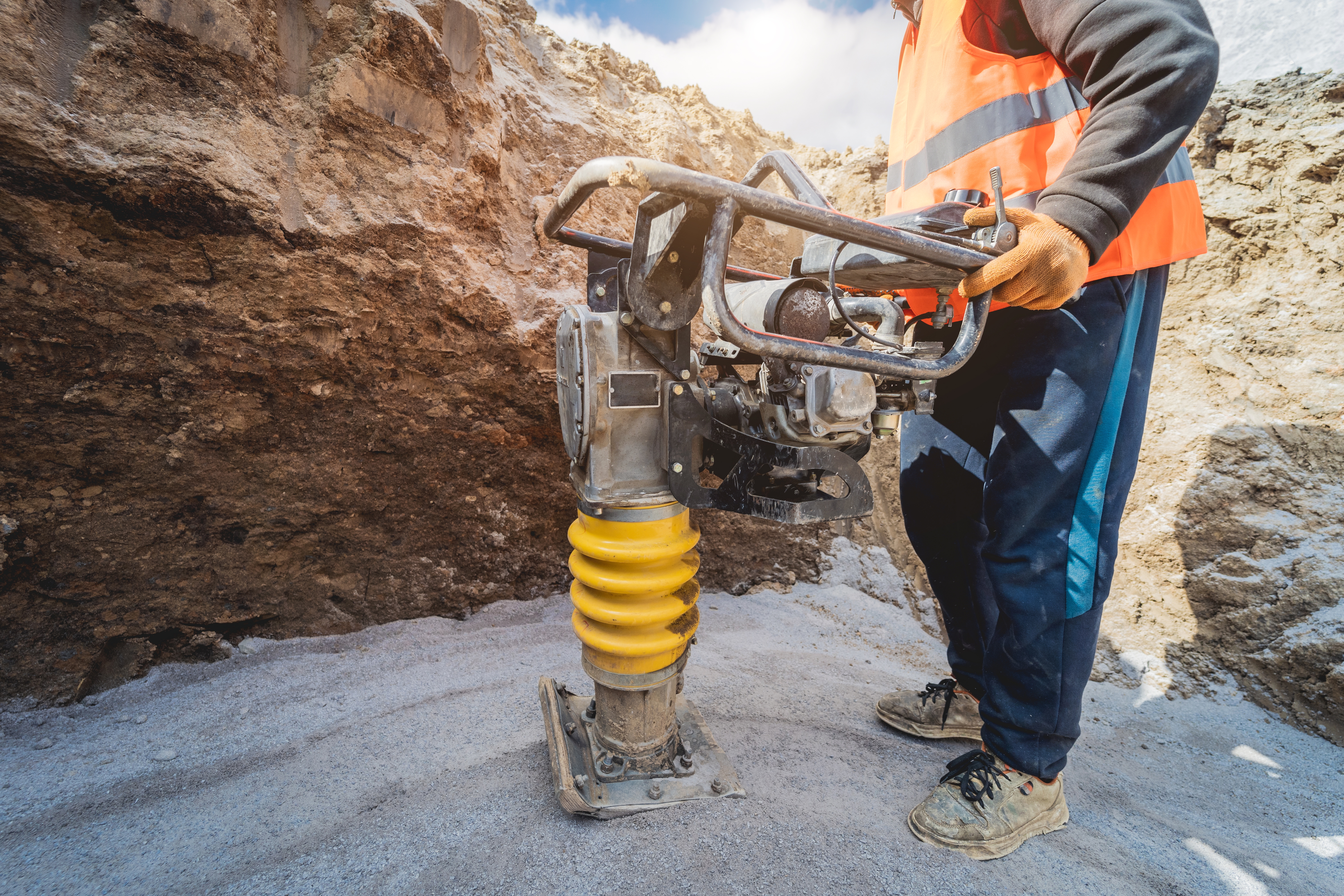HAVS and HAVS nots: know your numbers!
The arrival of Spring is punctuated by familiar noises; the dawn chorus, buzzing insects, the sound of leather on willow (cricket, for the uninitiated)? No, the racket from chainsaw on branch, lawnmower on grass and strimmer on bushes! And with noise often comes high levels of vibration which can pose a health hazard to workers in the so-called greenspace sector but also to a plethora of workers using power tools such as angle grinders, impact wrenches and air chisels to name but a few.
So ‘greenspace’ is not the only sector potentially affected with an estimated 30 million people exposed in Europe, 2 million in the UK alone and 2.5 million in the US (according to US Navy figures [1]). The US figure seems low when judged on a pro rata, population basis but this may reflect the legislation which is not as developed as that in the UK and Europe and discussed in a previous article. Potentially affected sectors include:
- Building and maintenance of roads and railways
- Construction
- Estate management & maintenance
- Forestry
- Foundries
- Heavy engineering
- Mines and quarries
- Motor vehicle manufacture & repair
Repeated and prolonged exposure to vibration may cause discomfort, often characterised by a tingling sensation after even a few minutes exposure but can lead to vascular, neurological, or musculoskeletal disorders that can be extremely debilitating and possibly compensable. And unlike hearing protection for noise exposure there is no real effective PPE for vibration despite the claims that anti-vibration gloves may make.
Safety Data
As with all health and safety hazards its normal to make a risk assessment which begins with looking for sources of vibration data for the tool(s) in question. This could be from the tool’s handbook or from a database such as that from the UK HSE who also publish some very useful guidance on the regulations for hand-arm vibration, known as L140 [2]. Regulation 4, for example, states that the daily exposure action value (EAV) which is the maximum amount of vibration an employee may be exposed to on any single day, is 2.5 m/s2 A(8). The use of A(8) is intended to differentiate between the vibration magnitude of the tool itself and the daily exposure. It further explains the meaning of A(8), the daily exposure to vibration, using the formula:-
A(8) = a
h √ (T/T
0), where,
- ah is the measured/stated vibration magnitude
- T is the duration of exposure to the vibration magnitude ah; and
- T0 is the reference duration of 8 hours
The vibration magnitude a
h is ascertained using the formula:-
a
h = √ (a
2hwx + a
2hwy+ a
2hwz), where,
a
hwx a
hwy and a
hwz are the root-mean-square acceleration magnitude measured in three orthogonal directions x, y, and z at the vibrating surface in contact with the hand and frequency-weighted using the weighting W
h.
The definition of the frequency weighting W
h is given in standard ISO 5349-1:2001
[3] and since the risk to health from vibration is affected by the frequency content of the vibration, it is measured over a range from about 5-1250 Hz whereby lower frequencies are given greater ‘weight’.
Measurements
The latest HSE guidance
[4] seeks to clarify the position on measurement versus monitoring following some ‘industry controversy’. Of the latter it says that “monitoring hand arm vibration all the time is probably not a good use of resources” and that “monitoring alone is not enough to control risk.” It also makes it clear that you should not confuse monitoring systems with vibration measurement systems and that you only need to measure vibration magnitudes if you cannot get suitable data for your risk assessment. However, if you are using a vibration meter, it should meet the correct specification given in Standard ISO 8041
[5] and specifically have the correct weightings. It is not unknown for people to use general vibration meters that are not suitable.
It is normal to use an accelerometer to measure vibration which must be rigidly mounted to the handle of the tool at each hand position, and it is preferable to measure all three orthogonal axes x, y & z at the same time. A vibration meter with a tri-axial accelerometer will do this, and also perform the calculation mentioned earlier, namely ah = √ (a2hwx + a2hwy+ a2hwz). If fixed mounting systems are not feasible, Appendix D of previously mentioned ISO 5349-1 gives advice on the use of hand-held adaptors. Measurement results are unlikely to be representative if they are measured away from the palm of the hand or use a measurement position that is on the fingers, back of the hand or wrist.
 |
 |
Casella Hand Arm Vibration Meter |
How many measurements?
The guidance states that a single measurement for a machine, an operator and a task provides limited information on vibration risk. This is because vibration magnitudes vary due to factors such as changes in forces, posture and techniques adopted by the operator as well as variation in materials and product. When making measurements, you should plan to measure several operators, each working across a range of common operating conditions and there is lots more detail in the guidance such as that in Appendix 2 of L140.
In conclusion, with almost weekly reports of 6-figure fines for employers because of a lack of a competent vibration risk assessment and/or health surveillance, regularly featuring in the Safety Press, it is worth investing time and effort in some measurements but they must be conducted properly. They must be taken using compliant instrumentation with the sensor correctly fixed in place and while the terminology may seem daunting there is a lot of explanatory guidance and expert advice available.
References
- https:///www.gsa.gov/cdnstatic/Hand-Arm_Vibration_Syndrome_01-06-2016.pdf
- https://www.hse.gov.uk/pubns/books/l140.htm
- BS EN ISO 5349-1:2001 Mechanical vibration. Measurement and evaluation of human exposure to hand-transmitted vibration General requirements
- https://www.hse.gov.uk/vibration/hav/advicetoemployers/measurement-monitoring.htm
- BS EN ISO 8041-1:2017 Human response to vibration — Measuring instrumentation — Part 1: General purpose vibration meters




